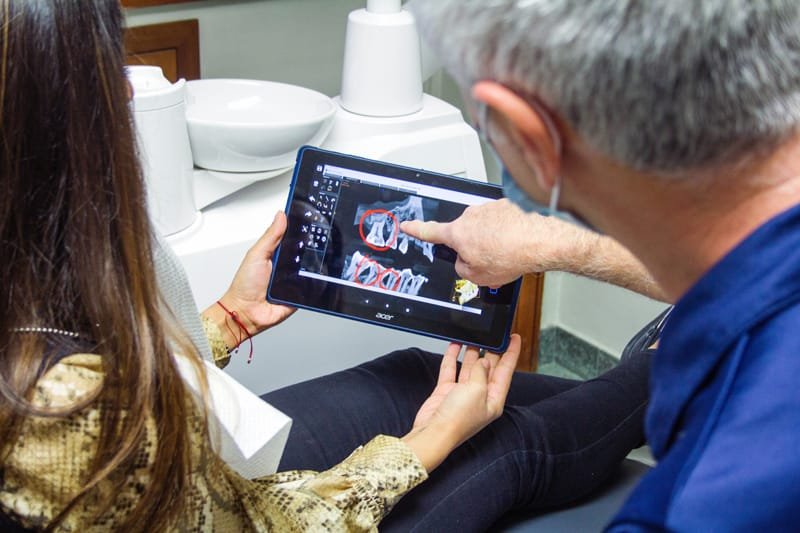
Annually, over 5 million teeth are knocked out, or avulsed, in children and adults. And physical trauma is the only reason this ever happens. From the ice hockey rink to the basketball court, we have all seen players get their teeth knocked out. While getting a tooth knocked out is certainly not a fun experience, there are things that can be done to lessen the damage. You may even be able to save the tooth. But you must act fast.
Your Tooth Got Knocked Out – Now What
When a tooth is knocked out entirely, it may result in bleeding, pain, swelling, bruising, eyes watering, runny nose, and even a state of shock. But it typically is not life-threatening. Keeping a cool head and remembering what to do can make for a more desirable outcome.
Save the Tooth
First, you must save the tooth. Locate the tooth and pick it up by the part that you normally see in your mouth (e.g. the crown). Avoid touching or handling the root (or roots) of the tooth. Even though it probably looks like a bloody mess with stuff hanging from it, you don’t want to rub or scrub or touch the root. If the root appears dirty (e.g. tooth knocked out on a dirt or grass field), very gently rinse it with room temperature water.
Store the Tooth For Transport
Second, you must store the tooth. The best place to “store” the tooth is back inside the mouth, where it came from. If you can, gently place it back in the socket and see if you can get it to sit in the same spot it used to be, or as close to it as possible. If doing so causes great pain or is simply out of the question, as in the case of a child’s tooth, place the tooth in a cup of milk. You can even tuck the tooth inside your mouth by your cheek. Just don’t swallow the thing. The entire purpose here is to keep the root from drying out. The drier the root becomes, the less likely the tooth can be saved.
Get to the Dentist – Fast

If you can see the dentist within 30 minutes of the accident, that is the best-case scenario. But if you cannot, you want to get to one as soon as you can. The dentist can evaluate the condition more fully and present you with the next best steps to follow. Your dentist may splint the tooth to the adjacent teeth, or make you a temporary mouthguard to use. A root canal therapy may be necessary to prevent further root and nerve damage. For really complicated cases, a dental implant may be the next best option.
Our doctor has the necessary training and skills to help you with your knocked-out tooth and other dental emergencies as well. Contact us for an appointment.
